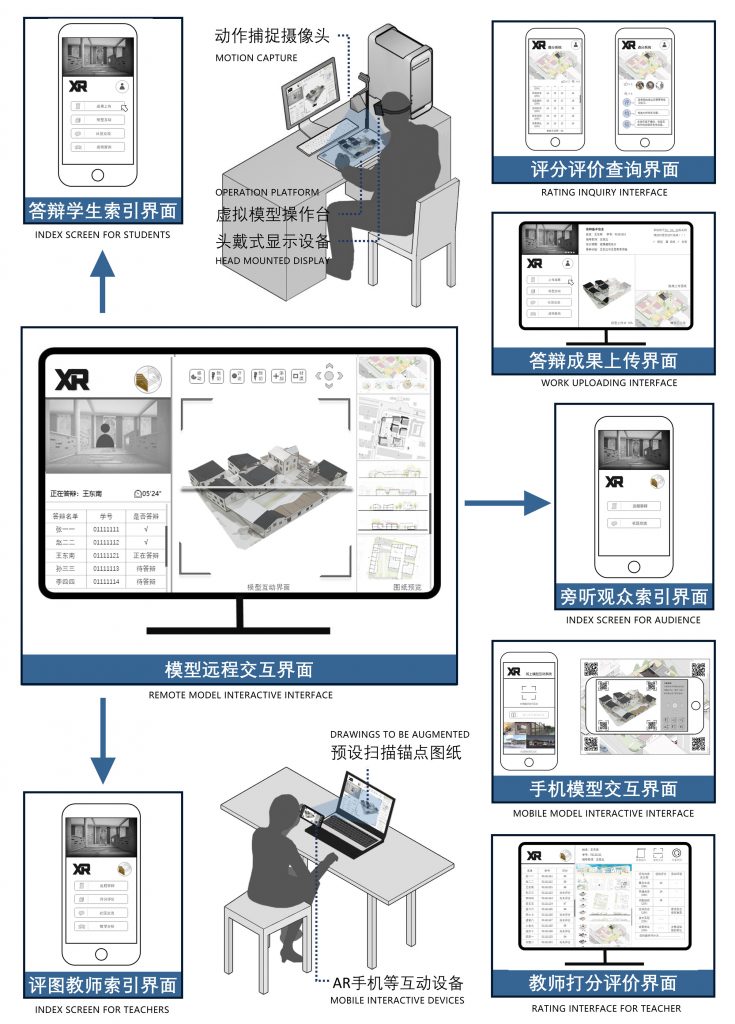Integrating Extended Reality (XR) in Architectural Design Education
Systematic Review and Case Study at Southeast University (China)
Yueying Zhang, Xiaoran Huang*
Buildings 2024, 14(12), 3954
In recent years, extended reality (XR) technologies have emerged as transformative tools within the architectural design industry, offering immersive and interactive environments that enhance visualisation and collaboration. However, a significant gap remains between adopting these technologies in professional practises and integrating them into architectural design education. This study aims to bridge this gap by systematically reviewing XR applications in architectural design practises and exploring their potential integration into design studios. It specifically focuses on undergraduate graduation projects from the School of Architecture at Southeast University in China. Findings indicate that XR can transform traditional design approaches by refining design methods, extending design scopes, and encouraging the inclusion of diverse stakeholders. The paper also offers insights into optimising XR applications in architectural design education, providing strategic recommendations for technical advancements and academic curricula innovation, ultimately preparing students for technology-driven changes in professional practises.
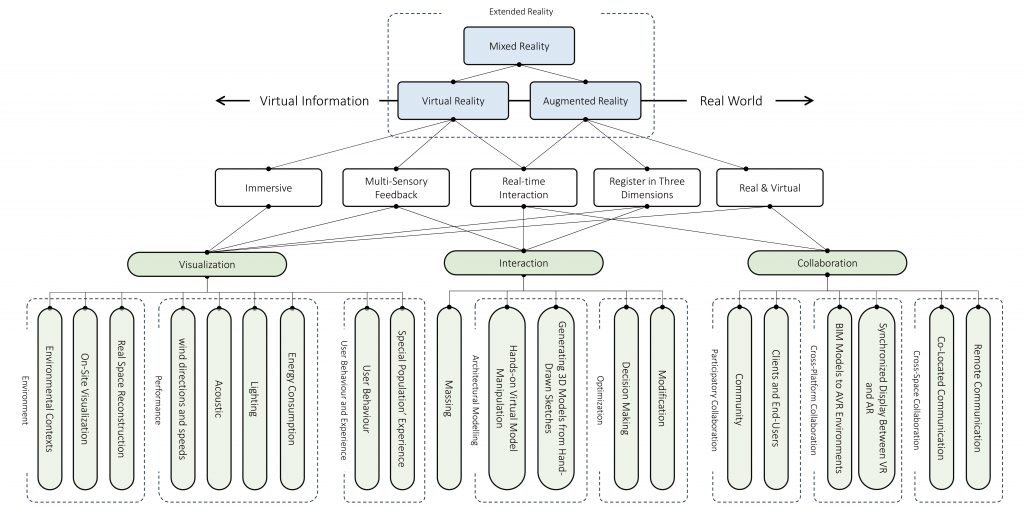
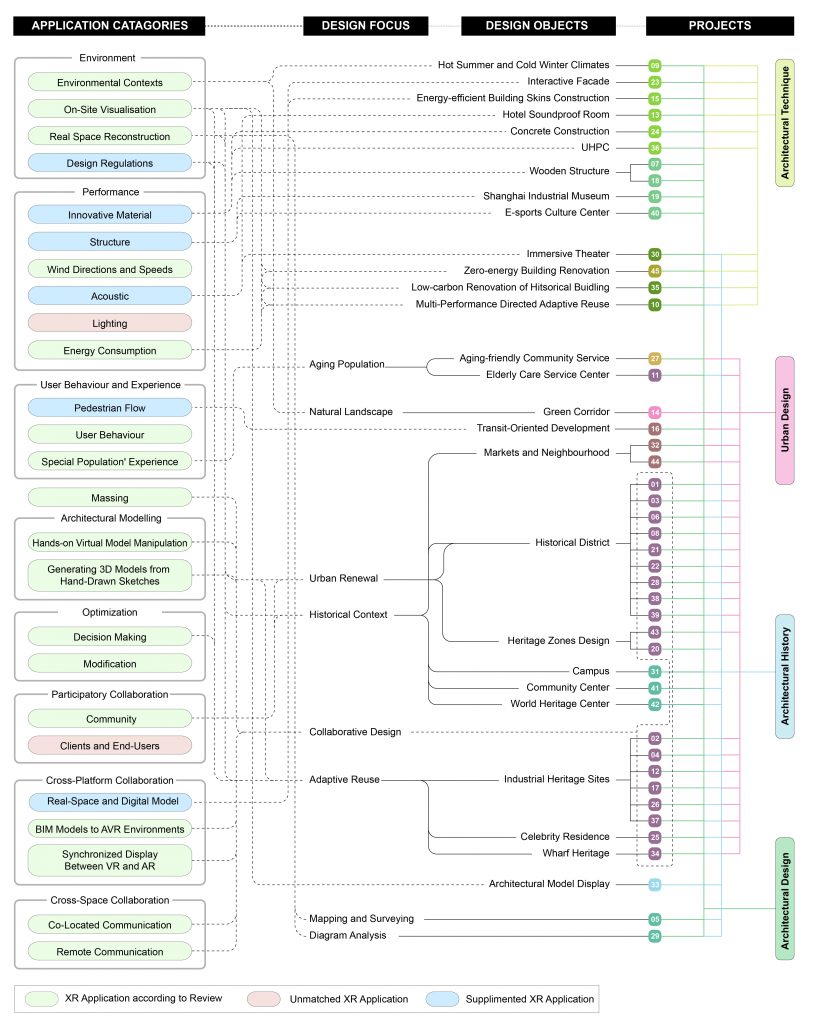
Digitizing the Past for the Future
A guideline for developing AR-CH applications in situ for urban heritage interpretation and management
Yueying Zhang (Individual Author)
eCAADe 2024: Data-Driven Intelligence (accepted)
This research assesses the technical characteristics of mobile AR and moving on to a practical evaluation of core recognition methods. The study reveals the interplay between virtual augmentation and physical heritage elements that is critical for the enhancement of urban heritage sites. A proposed framework within the paper not only seeks to deepen the interpretive experience but also to facilitate public engagement and foster collaborative heritage management.
By evaluating the functionalities of prominent AR Software Development Kits (SDKs) and conducting hands-on experiments, the research provides an exhaustive resource for developers. It advocates for innovative, accessible, and cross-platform AR experiences that bridge the past with the future, enabling broader interaction and participation in heritage conservation and management.
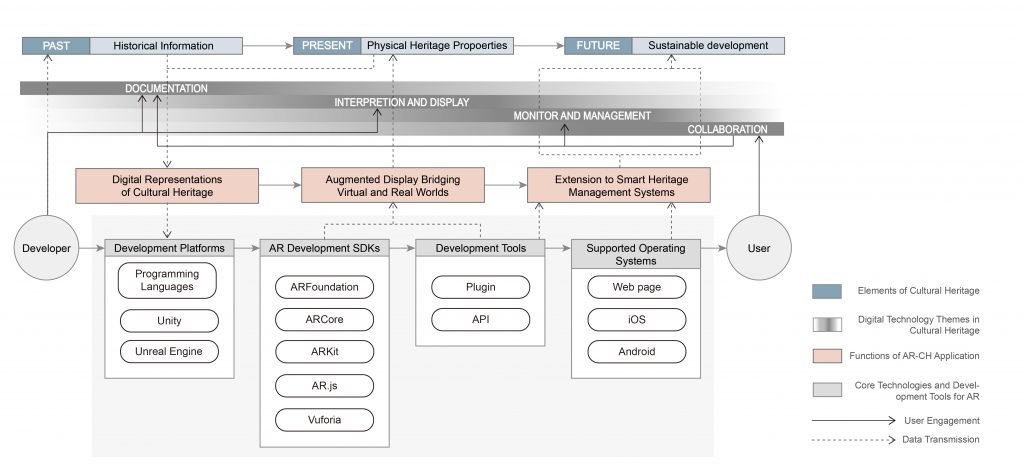
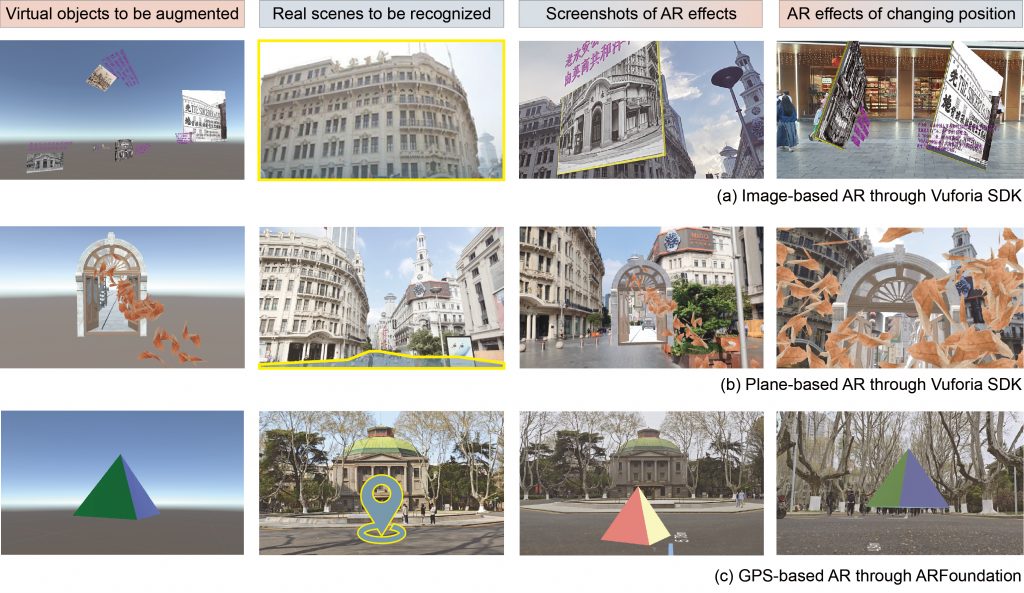
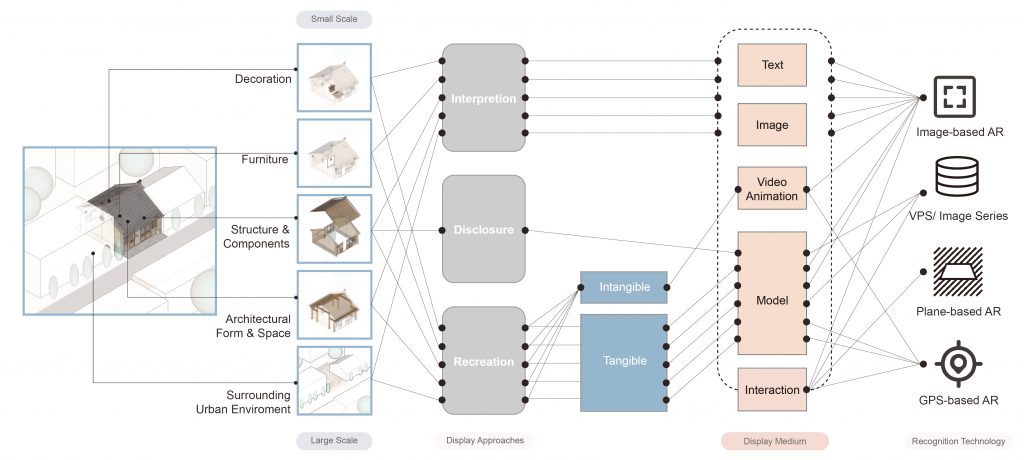
Integrating Heritage Preservation and City Development
A Design Framework for Digital Interactive System Based on Augmented Reality for the World Cultural Heritage Grand Canal
YUEYING ZHANG, HAORAN WANG and KE ZHU (2023). ‘Integrating Heritage Preservation and City Development’. in HUMAN-CENTRIC – Proceedings of the 28th CAADRIA Conference. Ahmedabad, CUMINCAD, pp. 727–736.
This research investigates the role of digital technologies in heritage protection, highlighting the use of augmented reality (AR) to enhance the presentation of heritage sites. While existing studies focus on digital reconstruction in virtual spaces, this research emphasizes the integration of AR to showcase the complex values of heritage entities. Using the Grand Canal as a case study, it addresses the conflict between heritage preservation and urban development due to urbanization and changing transportation patterns. By reconstructing digital models and creating interactive AR experiences in the Unreal Engine, this study proposes a novel cultural landscape that merges virtual and real elements of the Grand Canal. The research aims to enhance both material and cultural living standards by integrating heritage preservation with urban design through a digital system.
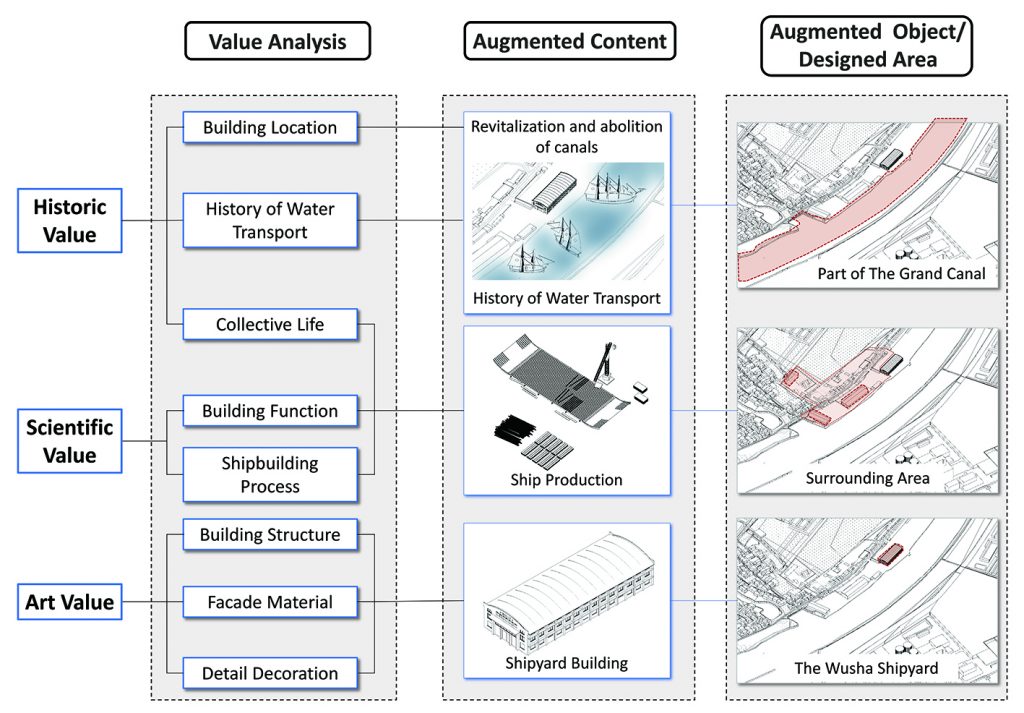

Real Communication in Virtual Space
A Preliminary Conception of Online Design Teaching and Review Based on XR
YU Chuanfei, ZHANG Yueying, YU Jie, LI Shuaijie, SU Junji (2021). ‘Real Communication in Virtual Space’. in Proceedings of the 2020-2021 Symposium on Architectural Education in China’s Higher Education Institutions. China Architecture Industry Publishing House, pp. 530-534.
This research explores the significant impact of digital information technology on architectural education, particularly during the rise of online design education under the background of the pandemic. It focuses on the crucial role of online design teaching and review, examining the current use of virtual space information technology. By analyzing the differences between traditional and contemporary online design review methods, this study proposes an XR-based framework for online design teaching and review. Additionally, it discusses the development of online design education supported by virtual information technology and its potential profound influence on traditional architectural education.
